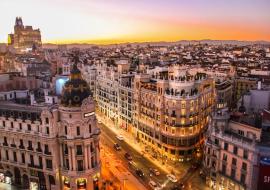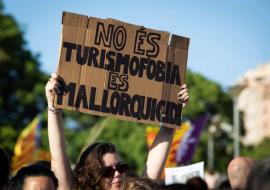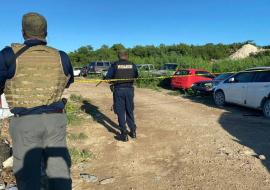Efforts Underway to Restore Syria’s War-Torn Heritage Sites

Experts and archaeologists are working to restore Syria’s war-ravaged heritage sites, aiming to revive tourism and provide an economic boost after nearly 14 years of conflict. Once a major tourist hub, landmarks like Palmyra, Crac des Chevaliers, and the Dead Cities now bear the scars of war but remain vital to Syria’s cultural legacy.
Palmyra, a UNESCO World Heritage site, was a crucial link in the Silk Road and home to 2,000-year-old Roman ruins. Once attracting 150,000 visitors monthly, the city suffered immense destruction from the Islamic State (IS), which demolished its historic temples and looted priceless artifacts. While some stolen pieces have been recovered, many remain missing. Conservationists now document damage and assess restoration possibilities.
Beyond Palmyra, Crac des Chevaliers, a medieval Crusader castle, sustained heavy damage from airstrikes during the war. Though some restoration has taken place, much of the structure remains in ruins. Similarly, the Dead Cities, a collection of over 700 abandoned Byzantine settlements, have suffered from neglect, looting, and repurposing by displaced families.
Despite these challenges, experts believe that preserving Syria’s rich cultural history is crucial for future tourism and economic recovery. However, restoration efforts face hurdles, including ongoing security concerns, lack of funding, and looted artifacts scattered worldwide.
UNESCO has expressed willingness to support technical restoration when conditions improve. Meanwhile, Syrian archaeologists and historians continue their efforts to document, protect, and ultimately rebuild these irreplaceable sites, hoping that one day, Syria’s cultural treasures can once again welcome visitors from around the world.














